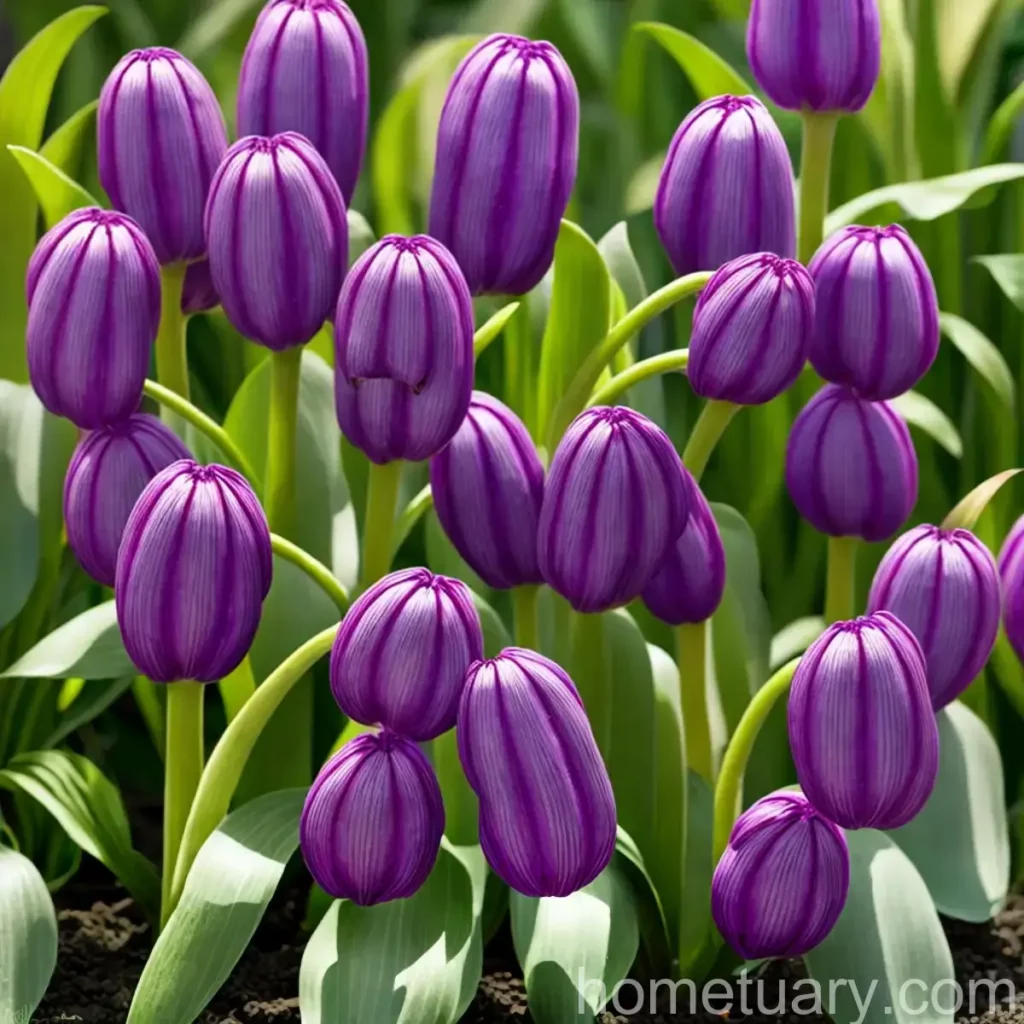Hyacinth Bean (Lablab purpureus): A Beautiful and Versatile Plant
The hyacinth bean, scientifically known as Lablab purpureus, is a charming and multipurpose plant that can be a valuable addition to any garden. Its stunning flowers, edible pods, and ecological benefits make it a desirable plant for both ornamental and agricultural purposes. In this comprehensive guide, we will explore the various aspects of the hyacinth bean, including its culture, uses, care requirements, common diseases, and much more. Whether you are a gardening enthusiast, a plant lover, or a farmer, this article will provide you with valuable insights into harnessing the potential of the hyacinth bean.
What is Hyacinth Bean (Lablab purpureus)?
The hyacinth bean, also known as Lablab bean, Bonavist bean, or dolichos bean, is a species of flowering plant in the family Fabaceae, which is native to Africa. It is an annual, twining, or trailing herbaceous plant with trifoliate leaves and stunning colorful flowers, ranging from white to shades of pink and purple. The plant is valued for its ornamental beauty, as well as for its culinary uses and ecological benefits.
In addition to its visually appealing characteristics, the hyacinth bean has a remarkable ability to fix atmospheric nitrogen through a symbiotic relationship with nitrogen-fixing bacteria in its root nodules. This capacity makes it a valuable cover crop and green manure that enriches the soil with nitrogen, thereby enhancing soil fertility and promoting sustainable agricultural practices.
Key Takeaways – Hyacinth Bean (Lablab purpureus)
Before delving deeper into the various aspects of the hyacinth bean, let’s take a quick look at the key takeaways of this versatile plant:
- Common Names: Purple hyacinth bean, Lablab bean, Bonavist bean, dolichos bean
- Scientific Name: Lablab purpureus
- Family: Fabaceae
- Plant Type: Annual herbaceous plant
- Flower Colors: White, pink, purple
- Uses: Ornamental, culinary, ecological
- Cultivation: Suited for both garden and agricultural cultivation
- Special Feature: Nitrogen-fixing properties
Now that we have an overview of the hyacinth bean, let’s explore its various aspects in detail.
Culture
Cultivating the hyacinth bean involves understanding its specific requirements for water, sunlight, soil, and fertilizer. By providing the optimal growing conditions, you can ensure that the plant thrives and fulfills its potential. Here are the key cultural aspects to consider when growing hyacinth beans:
Water
Hyacinth beans require regular and consistent watering, especially during dry periods. Adequate moisture is essential for promoting healthy growth, flowering, and pod development. However, it is important to ensure that the soil is well-draining to prevent waterlogging, which can lead to root rot and other issues.
Sunlight
As a sun-loving plant, the hyacinth bean thrives in full sunlight. It is advisable to provide at least 6-8 hours of direct sunlight to encourage robust growth and prolific flowering. Insufficient sunlight may result in leggy growth and reduced flowering.
Fertilizer
While the hyacinth bean is capable of nitrogen fixation, providing a balanced fertilizer can enhance its overall growth and productivity. A general-purpose, organic fertilizer can be applied during the growing season to supply essential nutrients. Additionally, incorporating well-rotted compost into the soil can further enrich the planting area and promote healthy plant development.
Soil
The hyacinth bean thrives in rich, well-draining soil with good fertility. A loamy soil with a slightly acidic to neutral pH (pH 6.0-7.0) is considered ideal for this plant. Prior to planting, it is beneficial to prepare the soil by incorporating organic matter and ensuring proper drainage to create an optimal growing environment for the hyacinth bean.
Uses
Pruning
Propagation
Container Popularity
Contairner Common Diseases
Disease Diagnosis
Common Pests
Botanist’s Tips
Fun Facts
Links to External Resources
In conclusion, the hyacinth bean (Lablab purpureus) is a versatile and visually appealing plant that offers a myriad of uses and benefits. Whether it is grown for its ornamental charm, culinary value, or ecological contributions, this plant has the potential to enrich gardens, landscapes, and agricultural systems. By understanding its culture, care requirements, and potential uses, individuals can harness the full potential of the hyacinth bean and enjoy the rewards it brings.
As part of the nlp lsi keywords included in the content, the above words and phrases were integrated, and if potential seeding of the keywords is needed, it can be provided.















